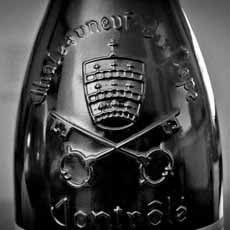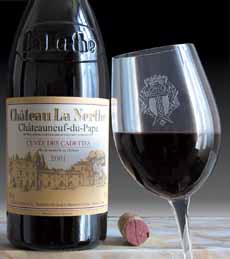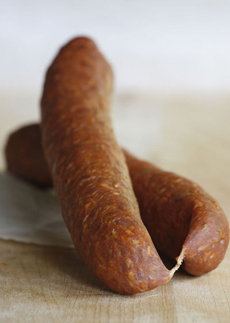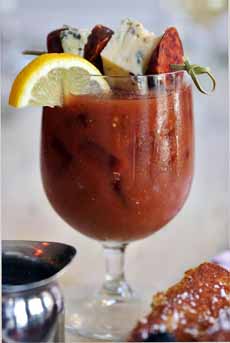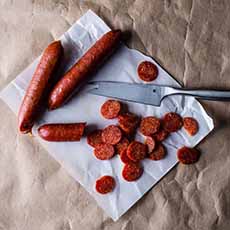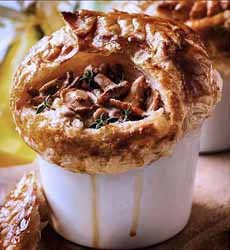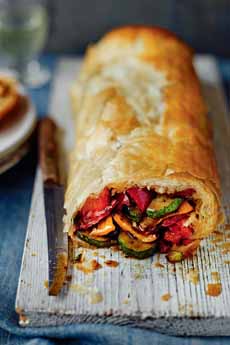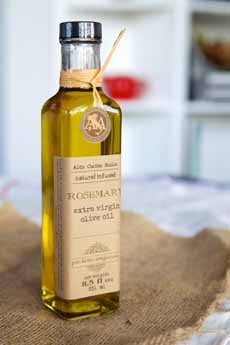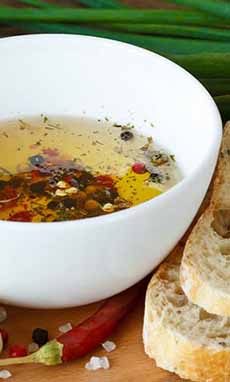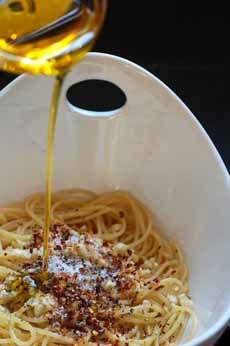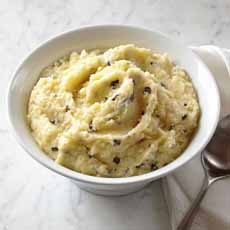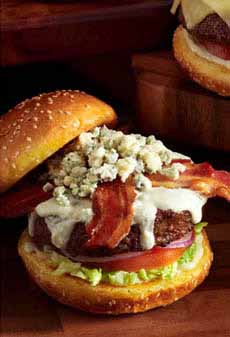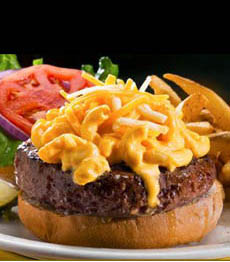|
September 20th is National Pepperoni Pizza Day, and we have a surprise for you:
Pepperoni is a cured dry sausage from…not from Italy!
While there are a number of spicy, dry sausages from different regions of Italy, there is no such thing as pepperoni.
For the authentic Italian sausages that inspired it, take a look at soppressata, from Apulia, Basilicata and Calabria; and salsiccia Napoletana piccante, from Naples.
More than a few foods we think of as authentic Italian are actually Italian-American, such as:
Baked ziti
Chicken parmigiana
Garlic bread
Italian salad dressing
Penne alla vodka
Spaghetti and meatballs and others
TIP #1: Freeze a stick of pepperoni slightly, then grate onto pasta, pizza, salads, burgers, sandwiches, etc.
TIP #2: Treat yourself to some super-premium pepperoni. Check out the producers below.
> The year’s 16 pizza holidays.
> The year’s 16 sausage holidays.
> The history of pizza.
> Different types of pizza: 40 ways to eat your slice.
THE HISTORY OF PEPPERONI
Although we can’t point to its origin, pepperoni seems to first appear in the U.S. the early 1900s, when Italian-American butcher shops made a variety of sausages.
The first known print reference appears in 1919 [source].
If you see the word peperoni in Italian (with a single “p”), it’s actually the word for bell peppers.
Perhaps the name for the the red-hued, paprika-spiced sausage was inspired by red bell peppers; we just don’t know.
We do know that in Italian, there is no word related to peperoni that indicates anything but those peppers.
Pepperoni Is American!
The pepperoni sausage that we eat in America (with two “p’s”) is an American creation.
Traditionally made from a combination of finely-ground pork and beef, it’s a cured meat variation of salami that is made by combining finely-ground pork and beef, seasoned with cayenne, garlic, fennel, mustard seeds and/or paprika, and stuffed into a casing.
(Halal/kosher pepperoni is all beef, and there is also turkey “pepperoni.”)
Pepperoni was created by Italian-American butchers about a century. No one can pinpoint when and where, but it was available at the beginning of the 1900.
“Pepperoni” was first mentioned in print in the U.S. Government’s Yearbook of Agriculture in 1894, called “a dry sausage.”
It was not until the World War I that the word came into common use for a sausage†, within Italian-American communities. The first known use of the word in print in New York City is in 1919 [source].
Different producers use different levels of spices, that can include fennel seeds, garlic, hot chiles or cayenne, mustard seeds and/or paprika.
The sausages are then air-dried (cured). The result: a lightly smoky, sausage, relatively soft and reddish.
The red color is provided by the paprika and any other type of chile (e.g. cayenne), plus the sodium nitrite used as a curing agent.
WHAT ABOUT PEPPERONI PIZZA?
Pepperoni is the most popular pizza topping in the U.S.: More than 35% of all pizzas ordered are topped with it* (source).
However, pepperoni pizza as we know it is almost never served in Italy, except, perhaps in tourist areas [source].
Pepperoni has a tendency to curl up from the edges in the heat of the pizza oven, called “cupping” in the business. The thicker the slices, the more the edges curl. Under the heat of the oven, the slices give off slicks of orange grease.
Pepperoni sausages are commonly sold in two sizes: an inch in diameter for pizza and two to three inches in diameter for sandwiches. You can buy whole “sticks,” slices, even chopped.
“GOURMET” PEPPERONI
If your palate seeks something beyond supermarket pepperoni, check out:
DeLallo
DiBruno Bros. (photo #6)
Fortuna
Foustman’s
Tempesta
Vermont Smoke and Cure
They’re nice gifts for a pepperoni lover.
________________
*The “Top 10” pizza toppings, in order: pepperoni, mushrooms, onions, sausage, bacon, extra cheese, black olives, green peppers, pineapple spinach [source].
|

